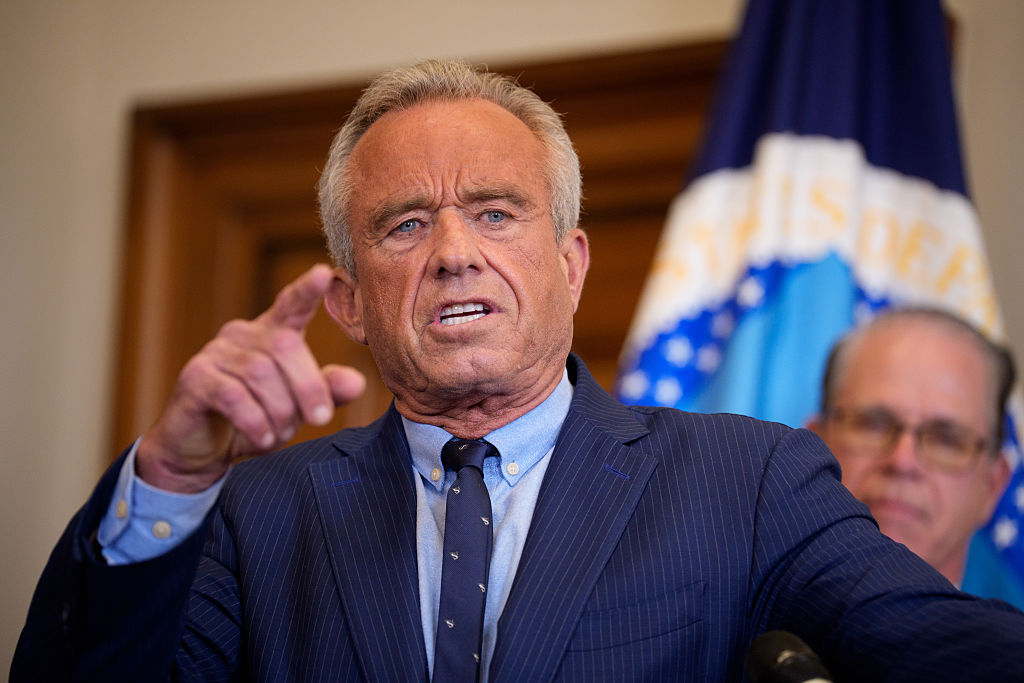CDC Vaccine Advisory Committee Considers Removing Measles Vaccine?
At the June 2025 Advisory Committee on Immunization Practices (ACIP) meeting, Dr. Martin Kulldorff—a biostatistician, now a regular figure in anti-vaccine circles—was supposed to spend time discussing the MMRV vaccine (measles, mumps, rubella, and varicella, combined into one shot), but there was not enough time. However, his presentation slides were posted on the CDC website and it is highly problematic. He claims that the MMRV vaccine poses too much risk to justify its continued use in young children. His central claim? MMRV causes febrile seizures slightly more often than giving the MMR and varicella shots separately. Therefore, he argues, we should stop giving MMRV to kids under age 4.
This argument is dangerously misleading. It hinges on narrow statistical framing, omits public health realities, and completely ignores the clinical outcomes that actually matter to families and pediatricians alike.
His presentation which looks like it was made in 2001 can be found here:
Kulldorff points to data from the CDC’s Vaccine Safety Datalink showing that children aged 12–23 months had a slightly higher rate of febrile seizures after receiving MMRV compared to receiving MMR and varicella separately. Specifically, the observed rate was about 1 febrile seizure per 2,300 MMRV doses, which is an increase in relative risk, but not a clinically dangerous one.
What’s missing from the presentation is context: . They don’t increase the risk of epilepsy, developmental delay, or long-term harm. They’re scary for parents but not harmful to kids. By focusing narrowly on this one signal, Kulldorff creates the illusion of danger where there is none of significance.
When I was in medical school and residency training, we talked about evidence-based medicine and how there is a difference between statistical significance and clinical significance. As an example, a study may report that a new drug lowers the systolic blood pressure by 2 mm Hg and was a statistically significant difference. However, clinically, that is not significant because this will not improve health outcomes by any large amount. Kulldorff is not following evidence-based medicine by making his argument regarding the risk of febrile seizure. Let’s not forget that febrile seizures occur in approximately 2-5% of children.
The deeper issue is what Kulldorff leaves out: the actual diseases. Measles can cause brain swelling (encephalitis) in , far higher than the 1 in 2,300 risk from the MMRV vaccine. Varicella (chickenpox) can lead to encephalitis, pneumonia, and hospitalization. These diseases are not benign childhood rites of passage—they are potentially serious, even deadly, and easily preventable.
It’s intellectually dishonest to talk about vaccine side effects without also discussing the consequences of the diseases those vaccines prevent. It’s like arguing that seatbelts shouldn’t be used because they can cause chest bruises—without mentioning car crashes.
Kulldorff’s framing also fails to acknowledge that while the absolute risk of febrile seizures is slightly higher with MMRV, the benefit of administering one combination shot instead of two separate injections is very real. MMRV simplifies logistics for clinics, reduces the number of pokes for children, and can improve adherence to the vaccine schedule—especially in populations with low access to care.
The CDC acknowledged the seizure signal in 2009, transparently shared the data, and updated its guidance to prefer separate MMR + V shots for children 12–47 months. But they did ban MMRV. That’s because the seizure risk, while detectable, wasn’t dangerous. Pediatricians could still offer MMRV based on family preference or logistical considerations. That’s what nuanced, evidence-based public health policy looks like.
The punchline of his presentation is a recommendation that the MMRV vaccine “should not be administered to children under the age of 47 months” because a “safer, equally effective” alternative exists. But this completely disregards the current landscape: measles outbreaks are on the rise in the U.S. and abroad. In some communities, MMR vaccination rates have fallen below the herd immunity threshold. In that setting, .
Combination vaccines like MMRV aren’t just a matter of comfort—they’re a powerful tool in ensuring full protection. Removing them from the toolbox based on a benign, rare, and well-characterized side effect would be a mistake.
This presentation didn’t happen in a vacuum. It’s part of a broader breakdown in scientific rigor at ACIP, following the controversial dismissal of long-standing public health experts and the quiet replacement of many with ideologically motivated figures. The consequences are already showing.
In June 2025, the American Academy of Pediatrics (AAP) announced it would boycott the ACIP meeting for the first time in decades, citing growing concerns about the committee’s independence and scientific integrity.
I applaud their efforts to speak out against RFK Jr’s ACIP.
Dr. Kulldorff’s presentation is a case study in how statistics can be used to mislead. It contains real numbers, but it isolates them from the medical context and public health impact that gives them meaning. It cherry-picks risks, ignores benefits, and cloaks ideology in the language of “data.”
Yes, we should study vaccine safety rigorously. Yes, we should communicate risks transparently. However, we must also hold presentations like this to a higher standard—one that reflects not just what’s statistically detectable, but what matters for keeping children safe.
Although not required, any support is greatly appreciated.










